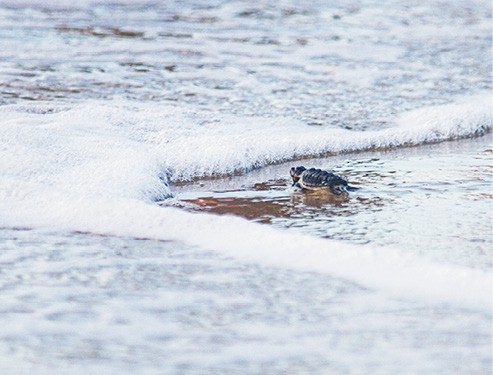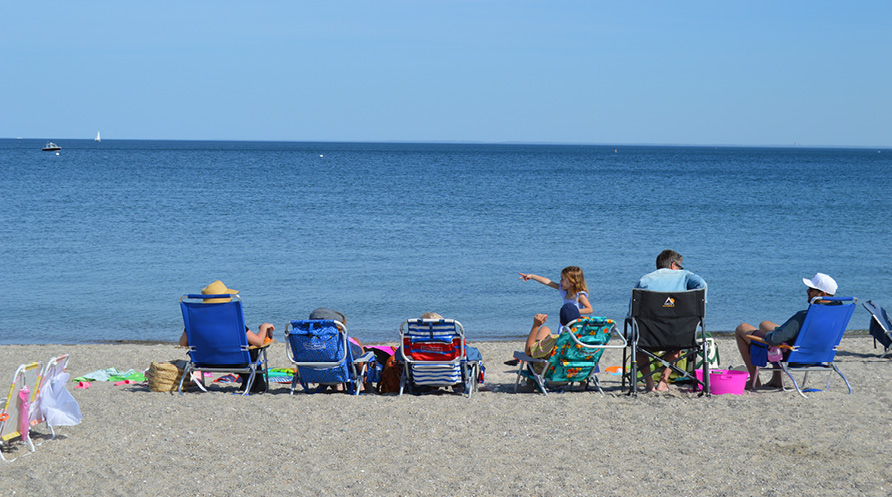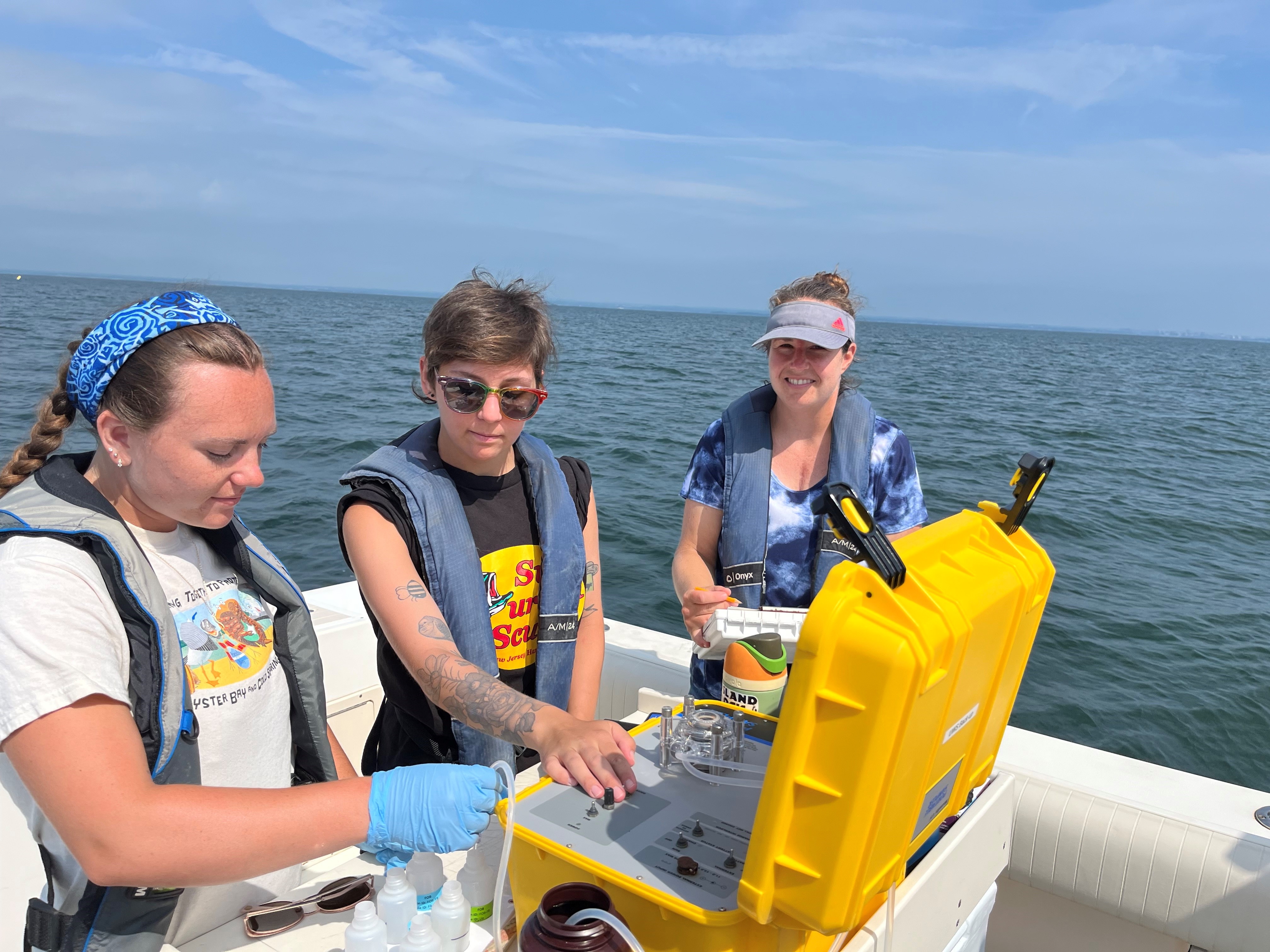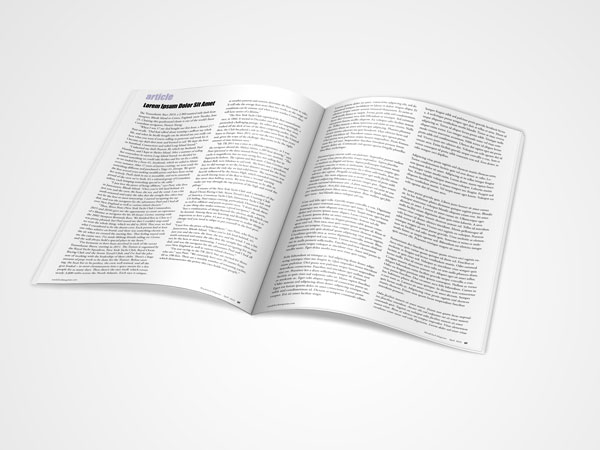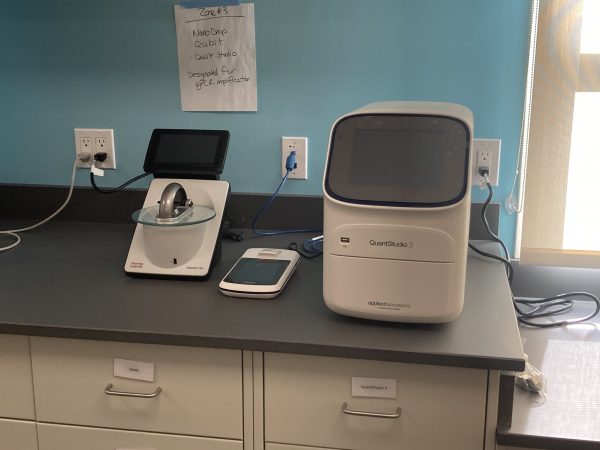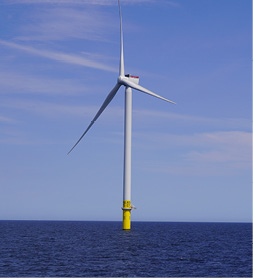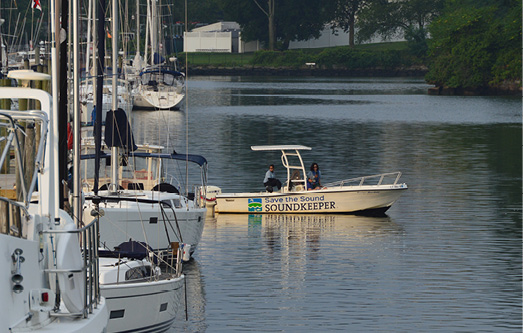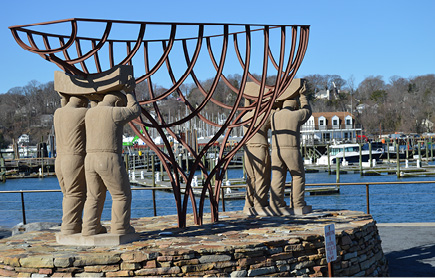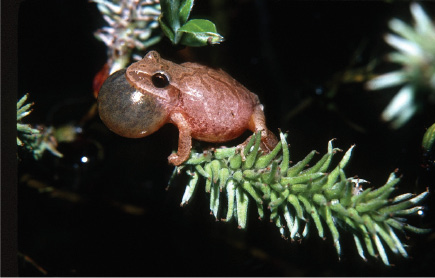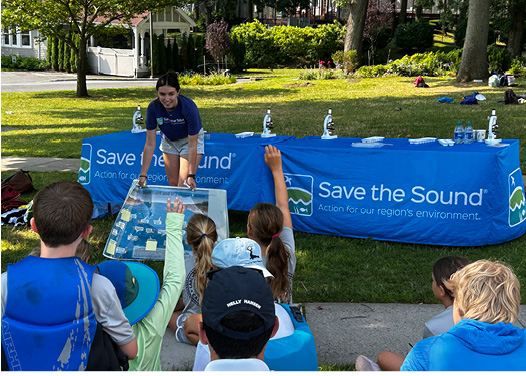Save the Sound Dispatch
Keeping Long Island Sound a Habitat Haven for Endangered Wildlife
By Kathryn Stamps and David Seigerman Kemp’s Ridley Sea Turtle Day (June 10) provides an annual opportunity to celebrate the smallest and rarest sea turtle in the world. Known for its heart-shaped shell and strong muscles, it is the second-most common sea turtle in New York, tending to arrive in Long Island Sound from Mexico or Texas during its juvenile or “coastal” stage of life. But the Kemp’s ridley sea turtle is a critically endangered species that…

